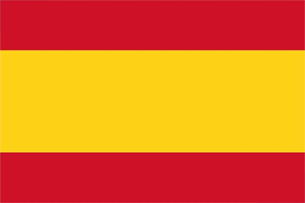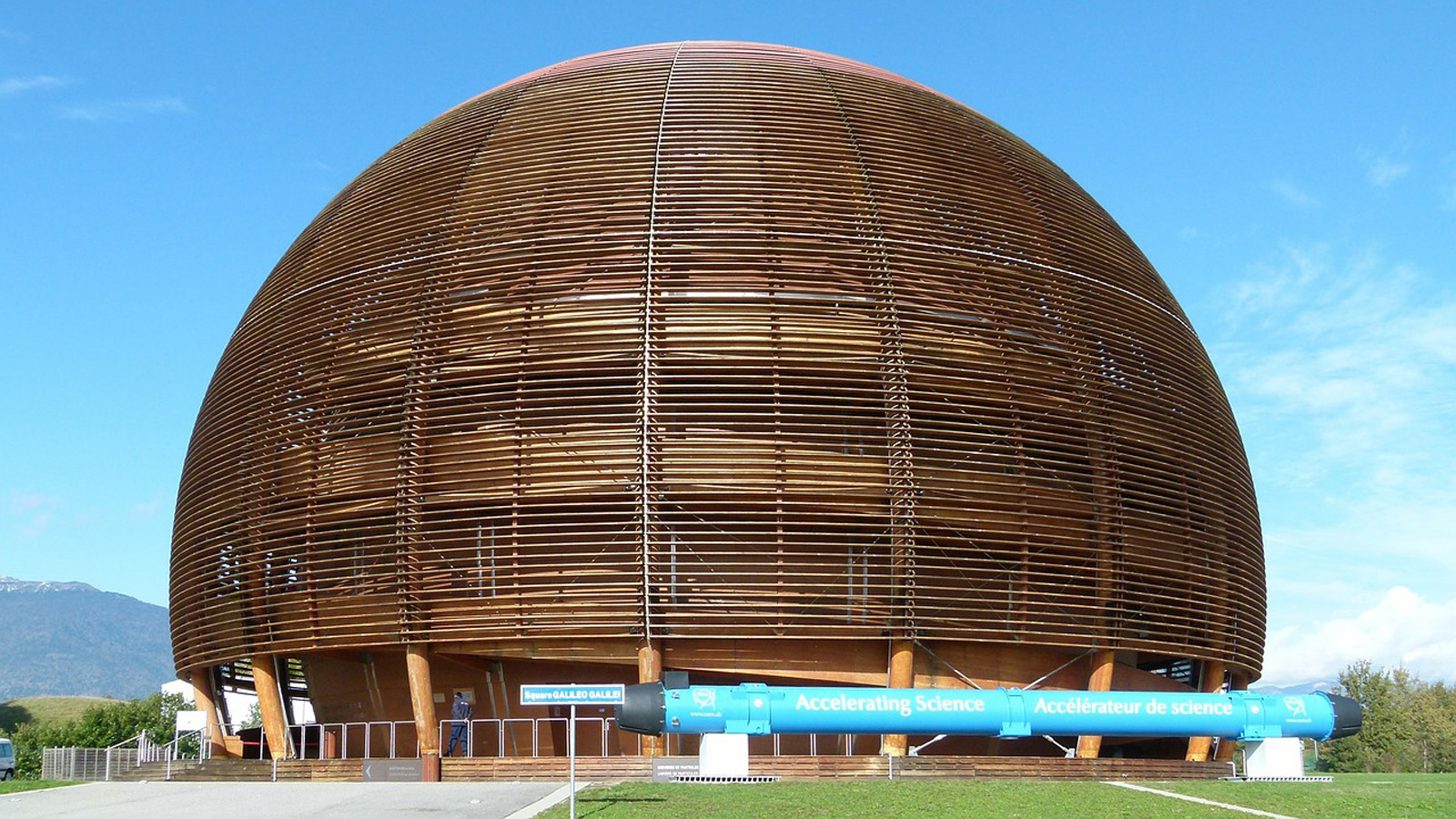Taking a closer look at LHC
(Taken from CERN releases report on the feasibility of a possible Future Circular Collider).
The FCC (Future Circular Collider) is a proposed particle collider with a circumference of about 91 km that could succeed CERN’s current flagship instrument – the 27-km Large Hadron Collider (LHC) – in the 2040s. Its scientific motivation stems from the discovery of the Higgs boson in 2012, along with other crucial outstanding questions in fundamental physics.
The Higgs boson is the simplest yet most perplexing particle discovered so far, with properties that have far-reaching implications for our existence. It is related to the mechanism that enabled elementary particles such as electrons to gain mass a fraction of a nanosecond after the Big Bang, allowing atoms and thus structures to form. It may also be connected to the fate of the Universe and could potentially shed light on the many unsolved mysteries of modern physics.
As described in Feasibility Study Report, the FCC research programme outlines two possible stages: an electron–positron collider serving as a Higgs, electroweak and top-quark factory running at different centre-of-mass energies, followed at a later stage by a proton–proton collider operating at an unprecedented collision energy of around 100 TeV.

Artistic representation of FCC (Image CERN)
The complementary physics programmes of each stage match the highest priorities set out in the 2020 update of the European Strategy for Particle Physics.
The report covers wide-ranging aspects related to the potential implementation of such a project. These include physics objectives, geology, civil engineering, technical infrastructure, territorial and environmental dimensions, R&D needs for the accelerators and detectors, socioeconomic benefits, and cost.
The estimated cost of construction of the FCC electron–positron stage, including the tunnel and all the infrastructure, is 15 billion Swiss francs. This investment, which would be distributed over a period of about 12 years starting from the early 2030s, includes the civil engineering, technical infrastructure, electron and positron accelerators and four detectors for operation. As was the case for the construction of the LHC, the majority of the funding would come from CERN’s current annual budget.
CERN has made a commitment that any new project at the Laboratory would be an exemplar of a sustainable research infrastructure, integrating ecodesign principles into every phase of the project, from design to construction, operations and dismantling. The report details the concepts and paths to keep the FCC’s environmental footprint low while boosting new technologies to benefit society and developing territorial synergies such as energy reuse.
A major component of the FCC Feasibility Study has been the layout and placement of the collider ring and related infrastructure, which have been diligently studied to maximise the scientific benefit while taking into account territorial compatibility, environmental and construction constraints and cost. No fewer than 100 scenarios were developed and analysed before settling on the preferred option: a ring circumference of 90.7 km at an average depth of 200 m, with eight surface sites and four experiments.
A simple approach to the physics of the FCC can be found here.
Throughout the Feasibility Study process, CERN has been accompanied by its two Host States, France and Switzerland, working with entities at the local, regional and national levels. Engagement processes with the public are being prepared in line with the Host States’ respective frameworks to ensure a constructive dialogue with territorial stakeholders.
The report, which does not imply any commitments by the CERN Member and Associate Member States to build the FCC, will be reviewed by various independent expert bodies before being examined by the CERN Council. The Council may take a decision on whether or not to proceed with the FCC project around 2028.
Particle colliders play a unique role in physics exploration. They also enable the development of unprecedented technologies in many fields of relevance for society, ranging from superconducting materials for medical applications, fusion energy research and electricity transmission to advanced accelerators and detectors for medical and many other applications.
The FCC Feasibility Study was launched following the recommendations of the 2020 update of the European Strategy for Particle Physics and will serve as input for the ongoing update of the Strategy, along with studies of alternative projects proposed by the scientific community.
FCC in brief here...
- Exploring concepts and technologies for the next generation of powerful particle colliders.
- A 91-kilometer ring-shaped underground tunnel located beneath France and Switzerland.
- An average depth of 200 meters and eight surface sites for up to four experiments.
- Start of operations anticipated in the mid-2040s, and a research programme spanning more than 70 years, until the end of the 21st century
- Two phases: an electron-positron collider (FCC-ee) that would provide unprecedented precision measurements and potentially point the way to physics beyond the Standard Model and a proton-proton collider (FCC-hh) reaching energies up to eight times those of the LHC and offering new discovery potential.
- More than 150 institutes in over 30 countries form the global FCC collaboration, while new partners are still being sought to work on research and development.
- 15 billion CHF for the construction of the FCC-ee and its four experiments, spread over 12 years.

(Image CERN)
The tentative timeline.
- 2025: Completion of the FCC Feasibility Study
Around 2027-2028: Decision by the CERN Member States and international partners - 2030s: Start of construction.
- Mid-2040s: FCC-ee begins operations and runs for approximately 15 years.
- 2070s: FCC-hh begins operations and runs for approximately 25 years.
For context, the physics case for the LHC was made in 1984, it then took some 10 years to be approved and 25 years for the magnets to be developed and installed. Colliders are once-in-a-generation endeavours.
Further information:
- COUNCIL CONCLUSIONS ON THE FUTURE CIRCULAR COLLIDER FEASIBILITY STUDY. Nov 2025
- Future Circular Collider Feasibility Study Report Volume 1: Physics and Experiments is here
- Future Circular Collider Feasibility Study Report Volume 2: Accelerators, technical infrastructure and safety is here
- Future Circular Collider Feasibility Study Report Volume 3: Civil Engineering, Implementation and Sustainability is here
- The media kit about the FCC Feasibility Study is here.
|
AUTHORS Xabier Cid Vidal, PhD in experimental Particle Physics for Santiago University (USC). Research Fellow in experimental Particle Physics at CERN from January 2013 to Decembre 2015. He was until 2022 linked to the Department of Particle Physics of the USC as a "Juan de La Cierva", "Ramon y Cajal" fellow (Spanish Postdoctoral Senior Grants), and Associate Professor. Since 2023 is Senior Lecturer in that Department.(ORCID). Ramon Cid Manzano, until his retirement in 2020 was secondary school Physics Teacher at IES de SAR (Santiago - Spain), and part-time Lecturer (Profesor Asociado) in Faculty of Education at the University of Santiago (Spain). He has a Degree in Physics and a Degree in Chemistry, and he is PhD for Santiago University (USC) (ORCID). |
CERN CERN Experimental Physics Department CERN and the Environment |
LHC |
IMPORTANT NOTICE
For the bibliography used when writing this Section please go to the References Section
© Xabier Cid Vidal & Ramon Cid - rcid@lhc-closer.es | SANTIAGO (SPAIN) |




